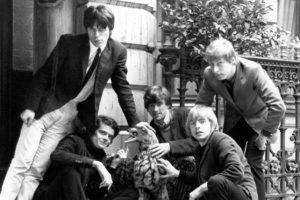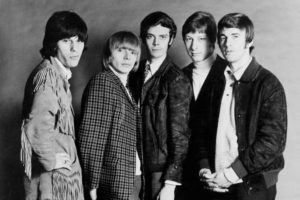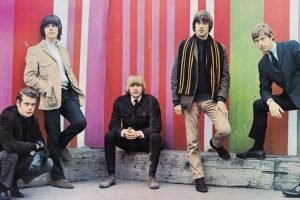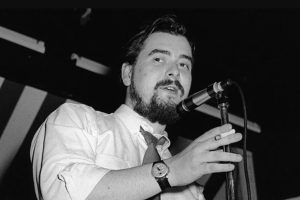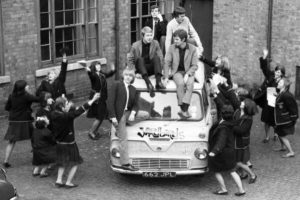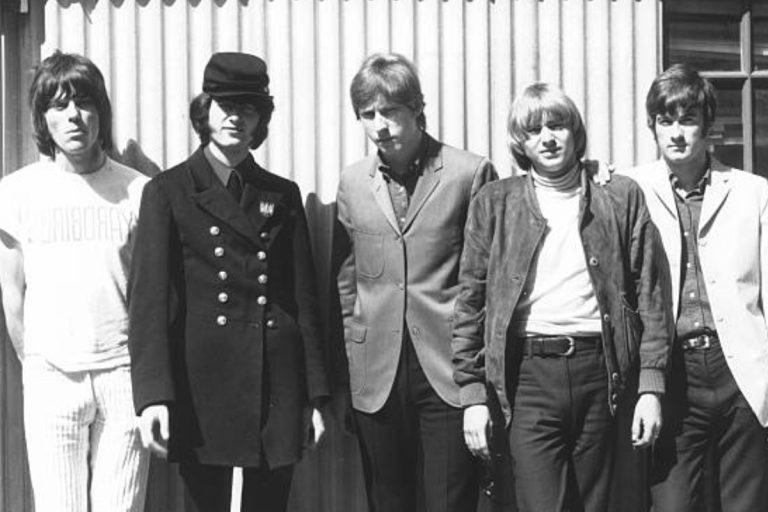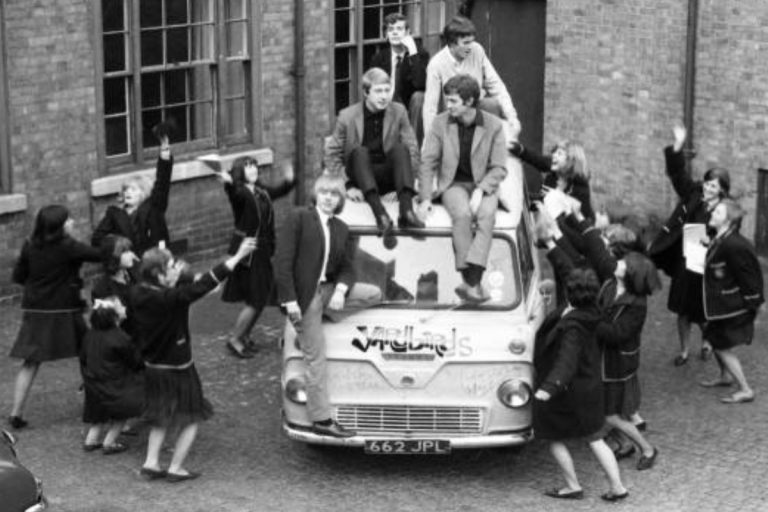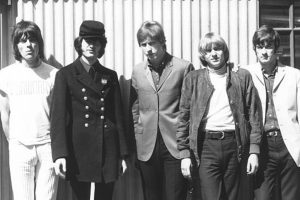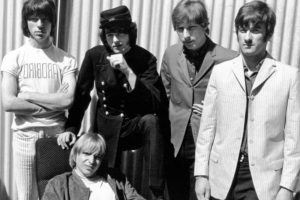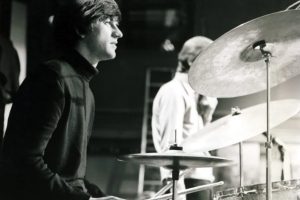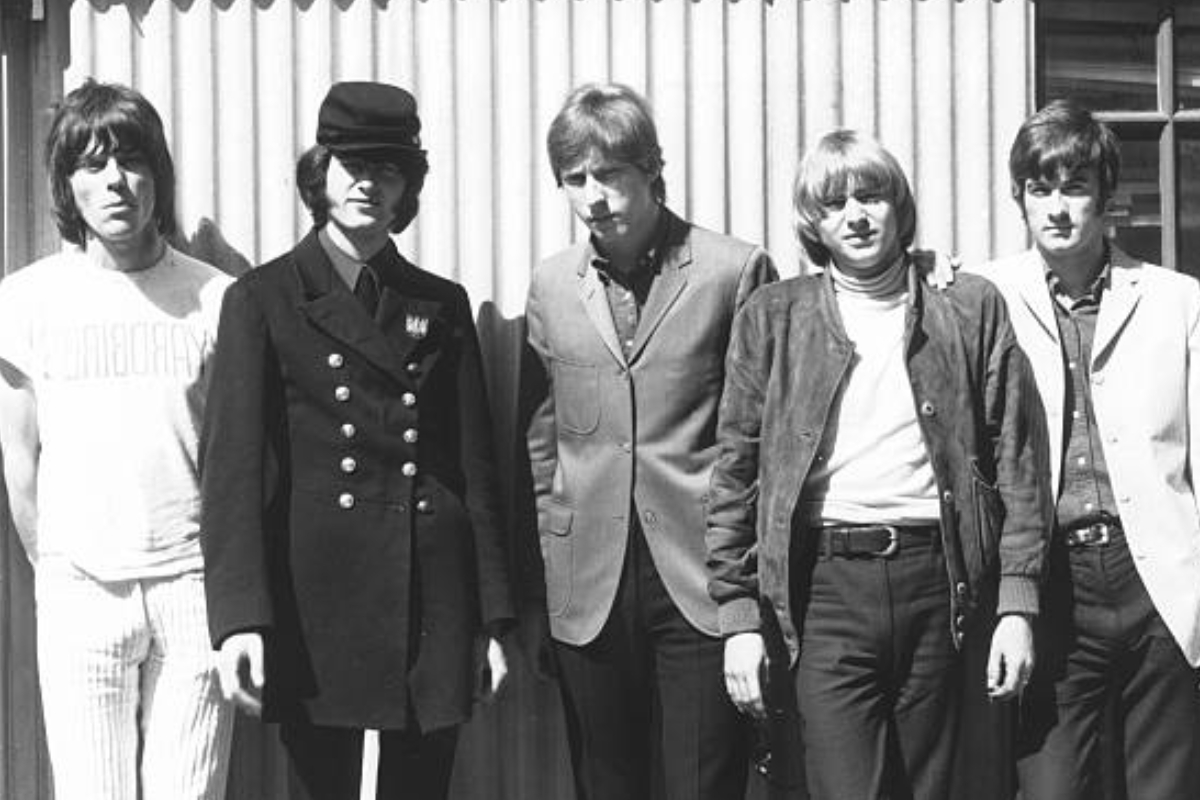
The Yardbirds’ friendships and rivalries are part of a story about a band that not only pushed rock music forward but also paved the way for musicians who would go on to define an entire genre. Behind every riff, every gig, and every lineup change lies a story of camaraderie, misunderstandings, and reconnections. In this article, we’ll talk about how The Yardbirds’ relationships — the friendships and tensions between members — helped shape the sound, direction, and legacy of the band.
What’s in This Article?
Here are the key topics we’ll explore:
- How the band began as a group of friends and collaborators
- The tension that came with creative differences
- Stories of respect, jealousy, and misunderstandings between Clapton, Beck, and Page
- How pressure and success affected their personal relationships
- What lasting lessons they left behind for fans and musicians today
The Beginnings: The Yardbirds as a Tight-Knit Crew
In the early 1960s, The Yardbirds weren’t just a band — they were more like a group of friends brought together by their love for blues and sonic experimentation. Keith Relf, Jim McCarty, Chris Dreja, and Paul Samwell-Smith were young musicians who were not only skilled with their instruments but were genuine friends. From small bar gigs in London to their gradual rise to fame, that friendship became the band’s foundation.
In those early days, they often jammed without any rehearsals. That’s how natural their chemistry was. No one tried to outshine the others. Everyone was equal, and everyone contributed. It was during this time that The Yardbirds began to earn a reputation as one of the most experimental blues-rock bands around.
There are even stories of them hanging out at each other’s houses after gigs — not as a band, but as friends who just enjoyed playing music together. That casual but deep bond became the root of their solid start as a group.
Eric Clapton: A Genius Wrapped in Silence
When Eric Clapton joined in 1963, the band’s musical direction became even stronger. Offstage, Clapton was quiet. But when he picked up the guitar, it was like he transformed. His style was clean, technical, and deeply rooted in traditional blues.
At first, everything clicked. The young band members admired Clapton. But over time, as the band leaned more toward pop and sonic experimentation, tensions began to rise. Clapton was a blues purist. He didn’t like the idea of chasing a more commercial sound.
Because of that, he gradually grew distant from the group. It became harder to maintain a unified creative vision. Eventually, Clapton left. It was a personal decision, but one that left a deep mark on the band’s history. It became the first major example of “The Yardbirds’ friendships and rivalries.”
A New Direction with Jeff Beck
Jeff Beck replaced Clapton, a young guitarist unafraid of change. He was more experimental, bolder. With him, the band’s sound expanded dramatically. They started using fuzz, feedback, and other sounds that were uncommon at the time.
On a personal level, Beck respected his bandmates. But occasional clashes still happened. Sometimes Beck wanted to take long solos, while the others preferred tighter arrangements. Still, many fans believe this was the band’s most creative period.
Despite the disagreements, this era also saw strong chemistry between Beck and Keith Relf. Both open to experimenting, they often collaborated in the studio with little to no rehearsal. It’s a great example of how, even with occasional conflict, great music can still be made.
Two Geniuses, One Stage: Beck and Page
In an unexpected twist, Jimmy Page joined the band initially as a bassist. But not long after, he became co-lead guitarist alongside Beck. For many fans, this was a dream team. But within the band, it became a complicated setup.
Both Beck and Page were excellent musicians, but they approached music differently. Page was more structured and visionary. Beck was raw and spontaneous. In some performances, a silent competition would unfold over who stood out more. There were even recording sessions that stalled due to clashing ideas.
Despite this, there was mutual respect. But like many pairings with strong personalities, the setup didn’t last long. Beck eventually left, and Page became the focal point during The Yardbirds’ final phase. This moment became another major example of “The Yardbirds’ friendships and rivalries” — how two brilliant minds don’t always see eye to eye.
Behind the Spotlight: Pressure and Personal Tension
There were a lot of things the fans didn’t see. Behind the stage, a lot was going on. The pressure from tours, interviews, and expectations affected the group’s relationships. According to some accounts, there were times when members wouldn’t speak to each other before or after gigs.
Creative decisions also caused disagreements. Sometimes one member wanted to record while others were too tired. Issues came up around setlists, production, and even outfits. These small things added up and led to misunderstandings.
There were times they forced themselves to get along just to finish a tour. One incident involved backstage tension right before a show, but the performance still went on like nothing was wrong. It was a testament to their professionalism, even when their relationships weren’t at their best.
But it wasn’t all tension. There were moments of harmony, too—drinks after a show, casual jamming backstage, laughter during travel. Things weren’t always smooth, but there was still respect among them.
Life After the Band: Did the Band Remain?
When The Yardbirds officially disbanded in 1968, the members went their separate ways. Page continued with Led Zeppelin. Beck formed his own group. Clapton went on to do various projects.
But over time, there were moments when former members reunited. They appeared together at tribute events or as guest performers. They also gave interviews where they recalled the old days.
There were also times they met up privately — quiet dinners or phone calls. These rare moments showed that the personal connection hadn’t entirely disappeared. Though they didn’t return to the stage as a regular band, the bond they built in those early years was not so easily erased.
These moments showed lingering respect and nostalgia. There are stories of laughter and hugs even decades later — proof that even after all the conflict, some connections just don’t fade.
The Real Impact of The Yardbirds’ Friendships and Rivalries
The Yardbirds didn’t just leave behind music. They left behind the lesson that relationships — even the messy ones — can lead to creativity. Without their creative clashes, we might never have heard classics like “Shapes of Things” or “Heart Full of Soul.”
For fans, the story of The Yardbirds’ friendships and rivalries adds deeper meaning to every song. They weren’t just a band. They were a group of individuals, each with their own beliefs, personalities, and musical styles.
What they showed was that friendship can hold a band together, but conflict can push it to evolve. In the end, that’s their true legacy: music born from both harmony and tension.
